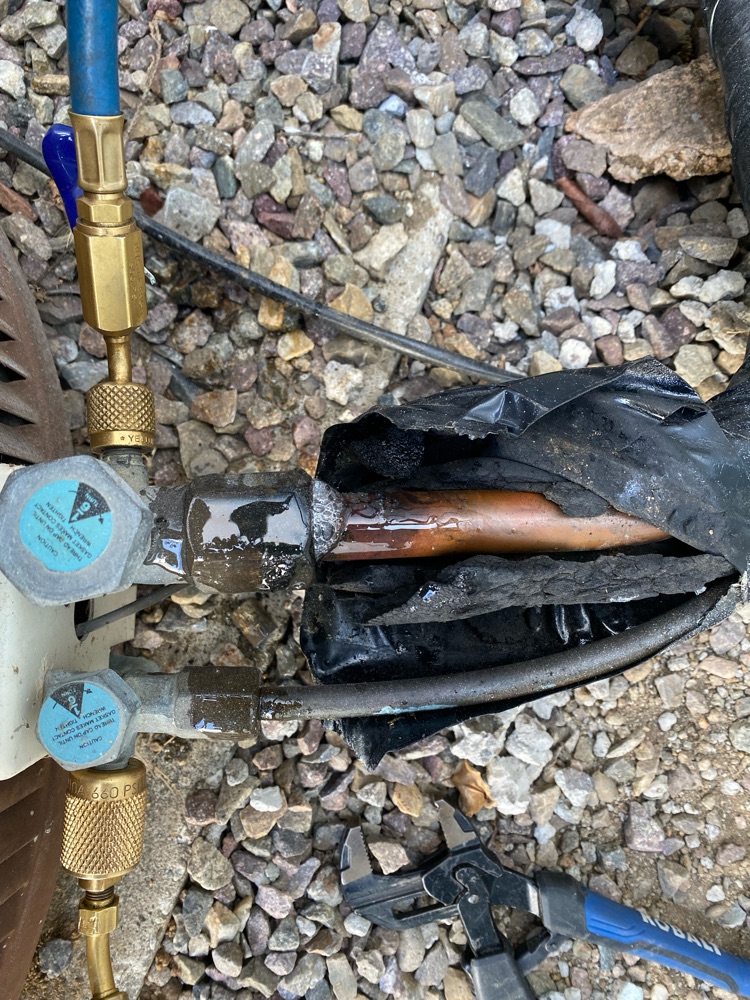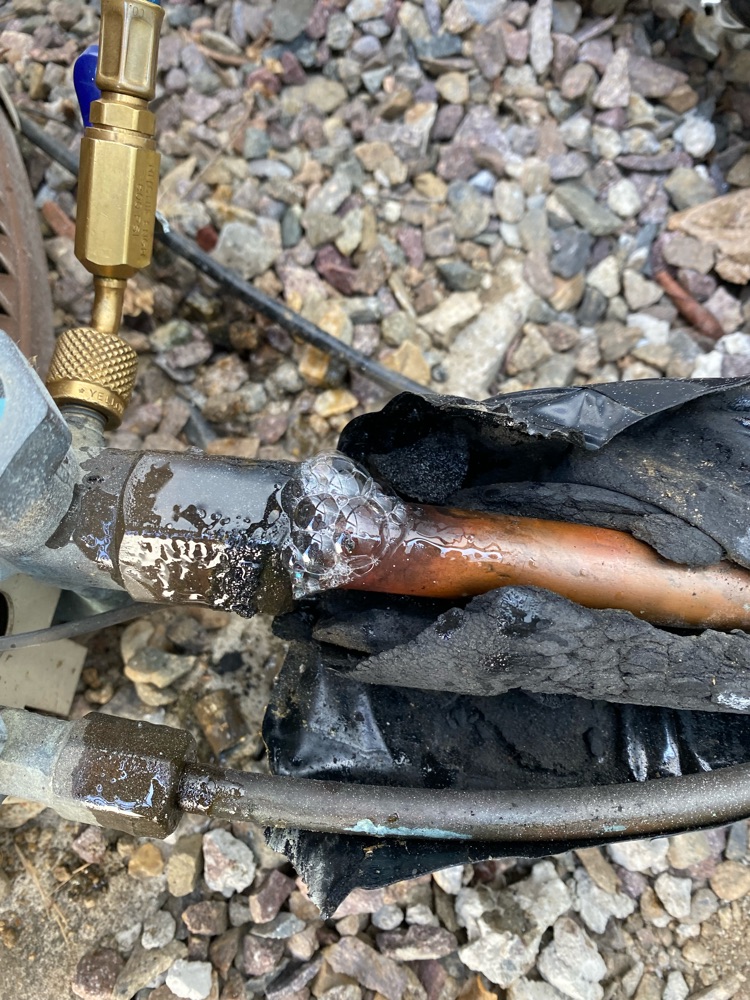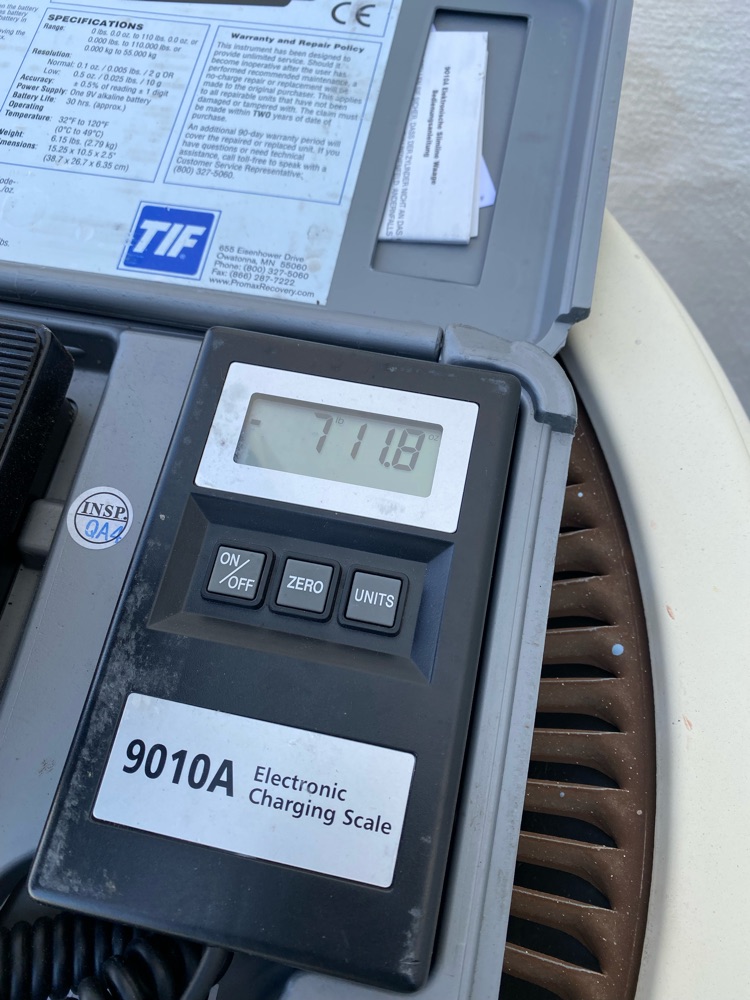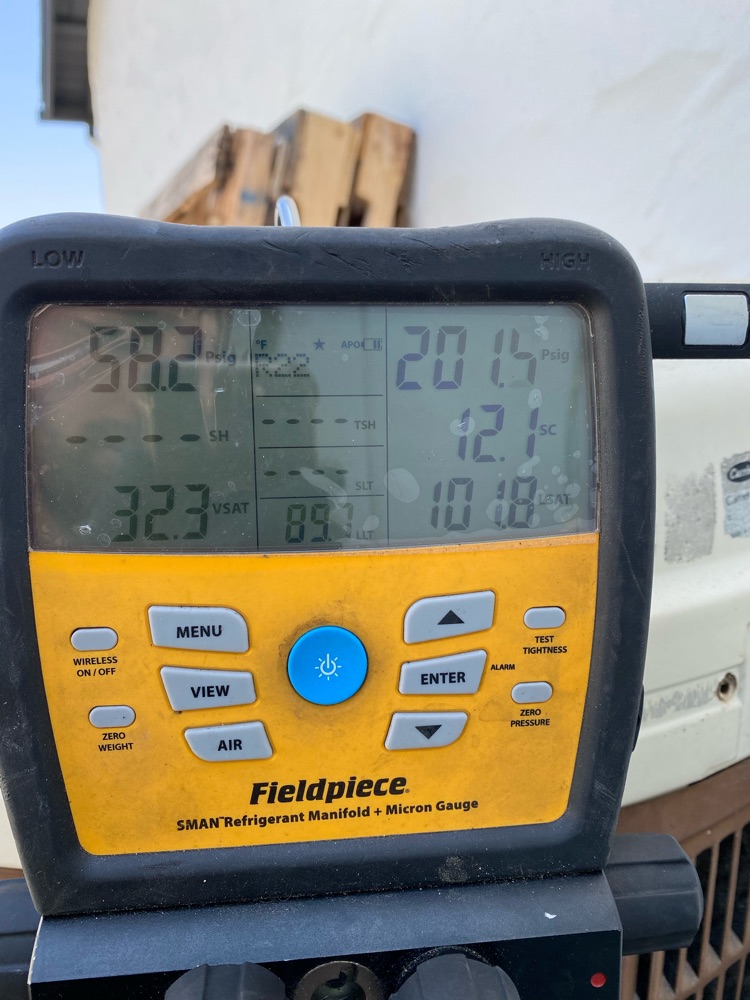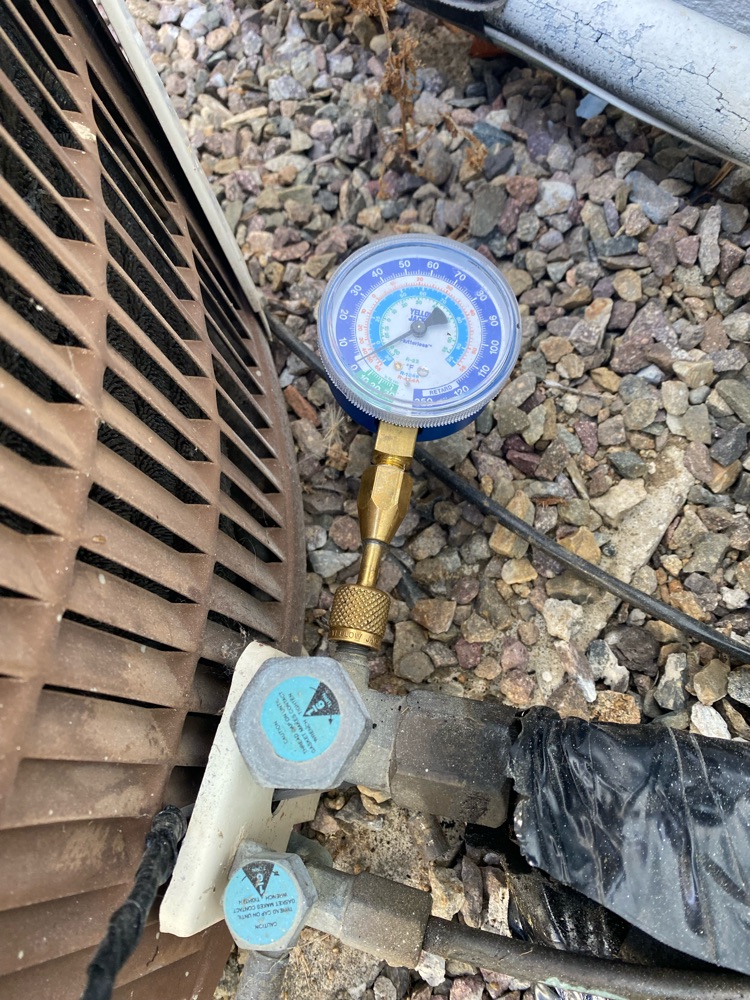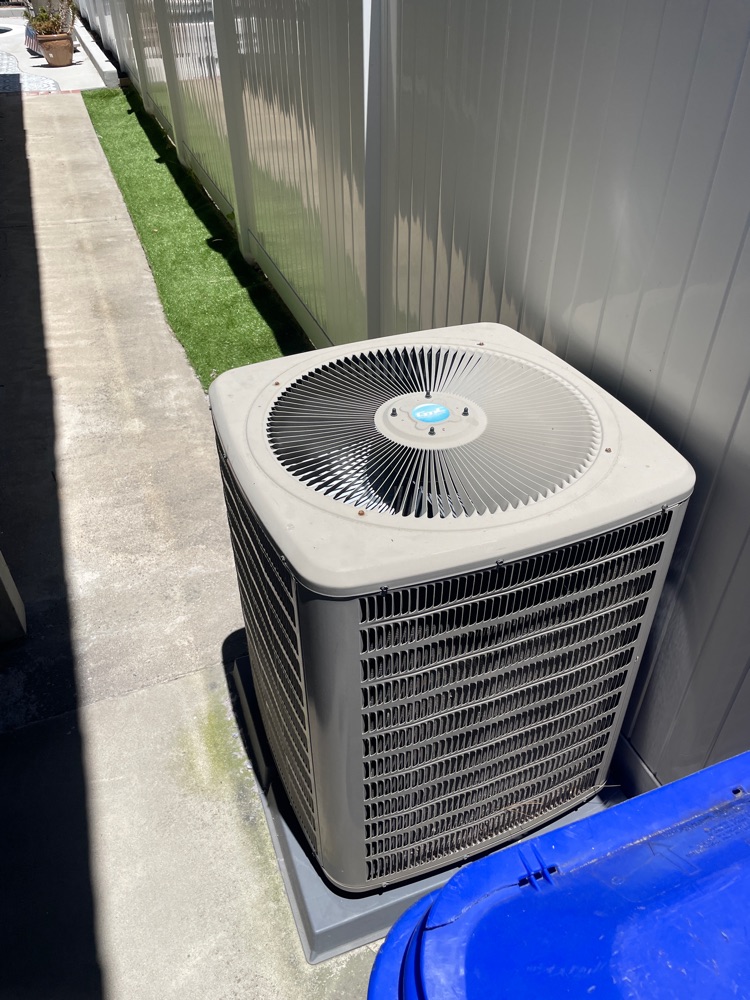Such a useful device as an air conditioner that gives the desired coolness in the summer, can also cause problems. The fan or blower pulls warm air into the unit, then pushes it past the evaporator coil and through the filter to cool and clean it, respectively. If the power is on but the fan refuses to run, the deal is possibly in a faulty capacitor. The capacitor is an electronic component inside your unit that is used to store charge in an electrostatic field. The capacitor is used to stabilize voltage and start the motors in your cooling system. The capacitor is also necessary for the appliance to run, as the motors inside your air conditioner are powered by the capacitor. If the capacitor isn’t functioning right, then your air conditioner either won’t function at all, or will function less than efficiently. In short: capacitor failures usually do result in air conditioner breakdowns. A voltmeter, if you have one, can tell you if you have blown a capacitor, but it’s even simpler to find out just by watching and listening. If you do not hear a running compressor, it is necessary to replace it. Here is a DIY guide how to replace a faulty capacitor:
1. Turn off the power to the unit at the disconnect or breaker panel.
2. Find and inspect the capacitor.
3. Discharge the power of the capacitor.
4. Dismount the old capacitor.
5. Note down how the wires connect.
6. Disconnect the wires.
7. Choose a replacement.
8. Buy a replacement and attach.
As a final step, turn on the condenser. Switch on the thermostat and start up the air conditioner. If everything is working alright and you no longer hear the humming noise, you can start using your air conditioner regularly again. In case of a failure, it is important to get professional help and run a full diagnostic of your Admiral air conditioner. Note please that not all breakdowns you can eliminate yourself.



